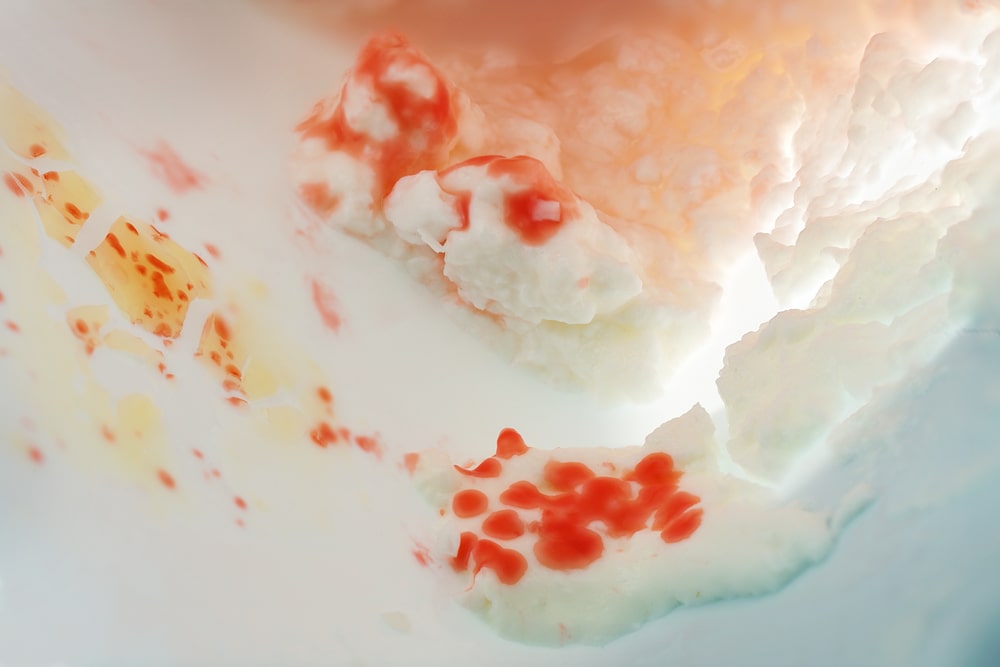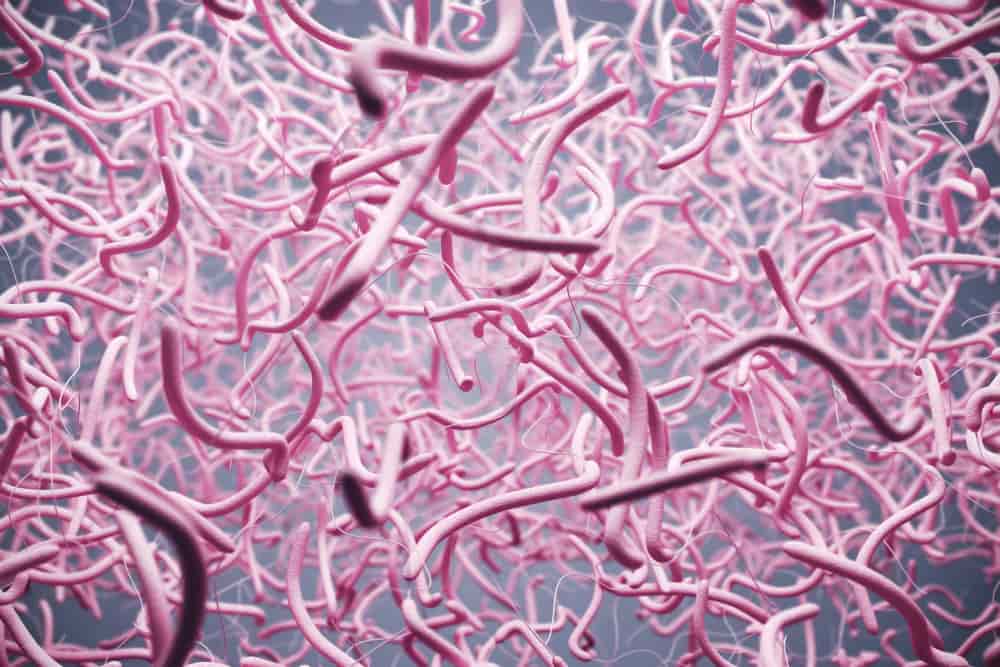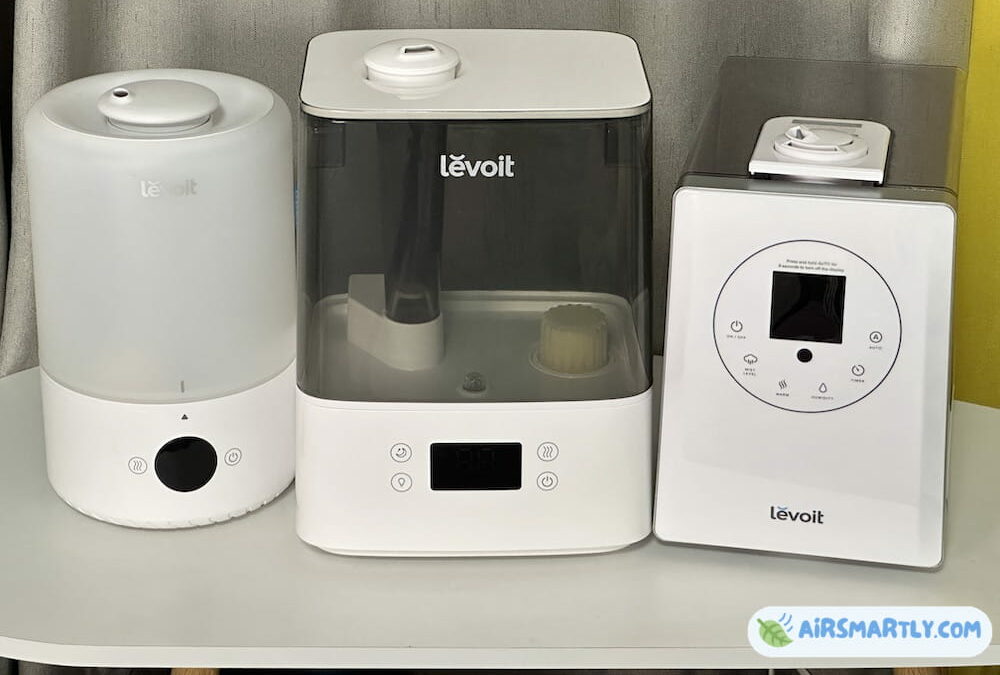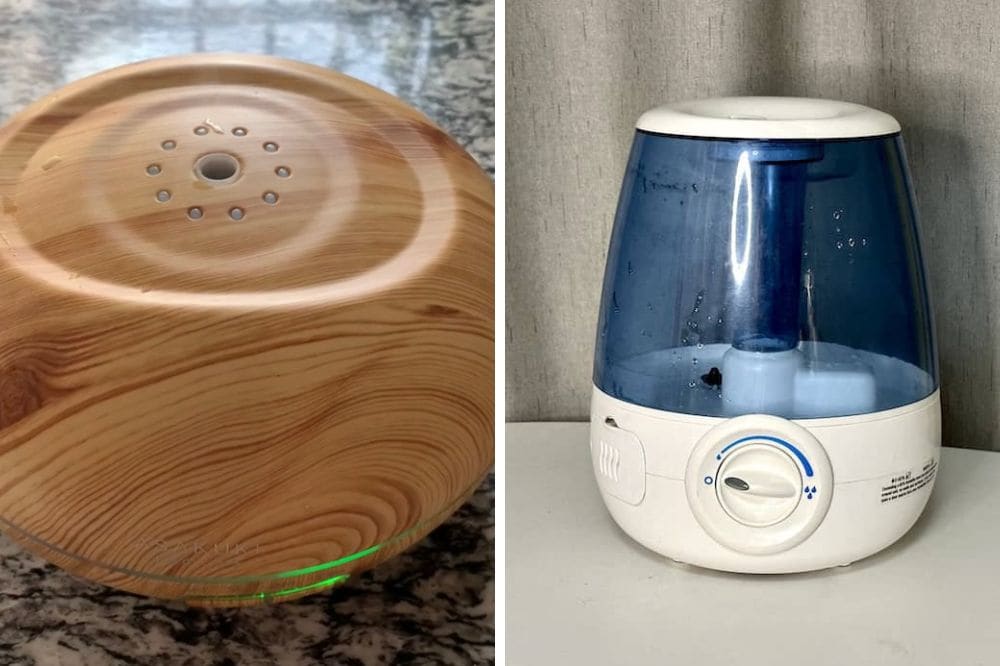How do you prevent pink mold in a humidifier? Mold and bacteria are living organisms that we must contend with any time there is moisture and heat.
A humidifier is a perfect breeding ground for molds of all colors, but pink is usually the first to show up at the party.
How to prevent pink mold in a humidifier takes discipline. You need a schedule to remember to clean the humidifier often. Cleaning once a week with warm water and natural anti-bacterial and antifungals like vinegar or peroxide can prevent a spore fest from invading your breathing space. Being proactive is the best prevention.
Understanding the pink slime in your humidifier
A fun fact is that the pink mold you’re seeing on a surface might not actually be mold. Most pink mold found in damp areas like showers and sinks could be bacteria. Nevertheless, when a bacterium, like Serratia marcescens, is famous for impersonating a mold, it can be just as dangerous in large quantities.
Aureobasidium pullulan is a fungus and the most common pink mold on the lengthy list of molds. Out of these two mentioned, either, is a possibility to be the mold a consumer will find building up in the humidifier.
We have some commonalities of nature when it comes to molds since it survives in the same temperatures that we are used to thriving in. However, mold doesn’t survive in high temperatures. You will rarely find mold on the shower floor, but living on the walls and hiding in corners.
Now, there is no reason to send out a sample of the pink slime and have it tested because cleaning your humidifier properly will kill either pink mold successfully.
Serratia marcescens

This bacterium naturally comes from soil and water and you may come into contact with it regularly. Yet, a build-up of Serratia marcescens on a surface will become pink when it reaches room temperature.
It is easy enough to kill and remove from a surface by using a proper disinfectant. Which disinfectant to use is sometimes dependent on the type of surface. Porous surfaces are more tricky to kill all the mold than when mold is on a non-porous surface.
It’s best to remember that not all plastics are considered non-porous. So when in doubt, use a disinfectant that is tough enough to reach through porous materials. Failure to remove this bacteria can result in infections and respiratory troubles, so it’s best to practice prevention when it comes to routinely cleaning this pink stuff.
Aureobasidium pullulans
Aureobasidium pullulan is a fungus that starts off pink but turns darker as it matures. It likes to grow in the damp areas of the home that contain heat. It might be found near plants and bathroom grout, mostly.
However, it is important to keep humidifiers clean so that this mold doesn’t go airborne. These spores have been known to cause asthma attacks as well as other allergic reactions.
Dangers of pink mold
A lot of times, pink mold is considered harmless in comparison to its cousin, black mold. However, pink mold can cause its own fair share of problems. Long-term exposure to pink mold can cause several respiratory illnesses.
Allergic reactions are common and can be seen in the forms of sneezing, coughing, or wheezing. Some allergic reactions will also result in skin irritations like dermatitis. Pink mold is so invasive it can cause the development of pneumonia or bronchitis in some cases.
This pretty pink stuff can do a ton of damage to the respiratory system, but it can also be harmful to the nervous system. The pink stuff can attack the system, resulting in gastrointestinal issues. And if you thought it couldn’t be any worse, pink mold has had a history of causing Urinary Tract Infections (UTIs).
It’s important to know that the prevention of pink mold isn’t just for the health of your humidifier, it’s vital to the health of every member of the household.
So, when contemplating if you should clean the humidifier or it could wait another week, remember that fungal infections are challenging to get rid of once inside the body, and Serratia marcescens bacteria is resistant to many antibiotics.
How to prevent pink mold in a humidifier
The only way to prevent pink mold accumulating in a humidifier is by cleaning it often, there’s no way around it. The good news is the process of cleaning pink residue from a humidifier isn’t difficult. Remembering to, and doing it, every week might be the bigger challenge.
A humidifier is designed to help moisturize the local air and promote better breathing, but if the system isn’t clean, the air it generates won’t be clean either.
How to Clean Pink Mold from Humidifier (Step-by-step)
There are several steps you have to take to make sure pink film disappears forever from your humidifier.
Set a Reminder
Setting a reminder on your phone or calendar should be the following step after first starting a humidifier. Seven days later, you should have allotted time dedicated to the cleaning of the humidifier. Once you get comfortable with the cleaning process, you will know how much time to set aside.
Prepare the Humidifier
First, unplug the humidifier. It’s always best to remember that water and electricity don’t mix. So, practice safety first. Next, empty the remaining water from the water chamber. Disable all the detachable parts that will need to be cleaned, for example, the lid, water tank, and filter.
Look for visible mold. If there is mold, you’ll now know where you will need to put greater focus when cleaning.
Choose Your Cleaning Weapon of Choice
There are several things you can use to clean the pink cold in your humidifier. Hot water is the simplest of choices, but it might not kill off pink mold if it’s starting to grow.
Molds have a foundation that is known as a biofilm. Biofilm is just as tough as a concrete foundation on a house, but not even a jackhammer would destroy biofilm. Although, it’s great to know that there are some simple household products to use that will kill and remove that pink slime all the way down to its biofilm.
White Vinegar

White vinegar is stronger at killing molds to the core than bleach in most cases.
Add about two cups of white vinegar to the water tank and let soak. Next, wet a towel or cloth with vinegar and wipe down all small parts and the lid. Put the water chamber onto the base so that vinegar can enter the base. Let the tank and base soak for 10-20 minutes.
When done, dump vinegar out from the tank and base, and wipe with a clean cloth. Let the machine dry completely before resembling.
Hydrogen Peroxide 3%
Peroxide is a powerful antifungal. It is powerful enough to take on some of the strongest molds and break down the biofilm. If the biofilm isn’t destroyed, mold can come back with vengeance.
You can follow the same cleaning procedure as if you were using white vinegar. Also, it might be beneficial to know that using hydrogen peroxide in a humidifier for health benefits has been shown to help with a cough from a cold.
Tea Tree Oil
Tea tree oil is an incredible antifungal. It can be used in the laundry for freshening clothes. When used with a carrier oil, like coconut or almond oil, it can be put directly on the skin to heal. Tea tree can also be combined with water and vinegar to clean and disinfect surfaces.
Removing pink mold from the humidifier with Tea tree oil is extremely effective. It’s best to remember that a little goes a long way. Add a few drops into a water-vinegar mixture and let soak for 10-30 minutes in the tank and base. Wipe down other elements of the humidifier with a wet rag. Use a clean cloth to dry when done.
The smell of tea tree can be potent at first but will fade to a clean, pleasant scent.
Fill it Up
Understandably, there are concerns when cleaning a humidifier. There are plenty of videos that show how to take apart and reassemble your humidifier, so you will feel confident in cleaning your device.
One important thing to remember when filling up your humidifier is to use filtered water in the chamber. Filtered water will have less harmful elements that will get distilled into the machine. Plus, highly chlorinated water can be harsh on the plastic components. Chlorine can break down plastic over time, which can cause things to eventually crack and leak.
Conclusion
Mold can make you sick over time. What seems harmless at first, might become chronic. Being proactive in your health is the key to preventing allergies and infections.
So, now that you have picked your cleaning agent and followed these easy steps on how to clean and prevent pink mold in humidifier, you can confidently do this each week to prevent bad air from circulating in your home and negatively affecting your health.





